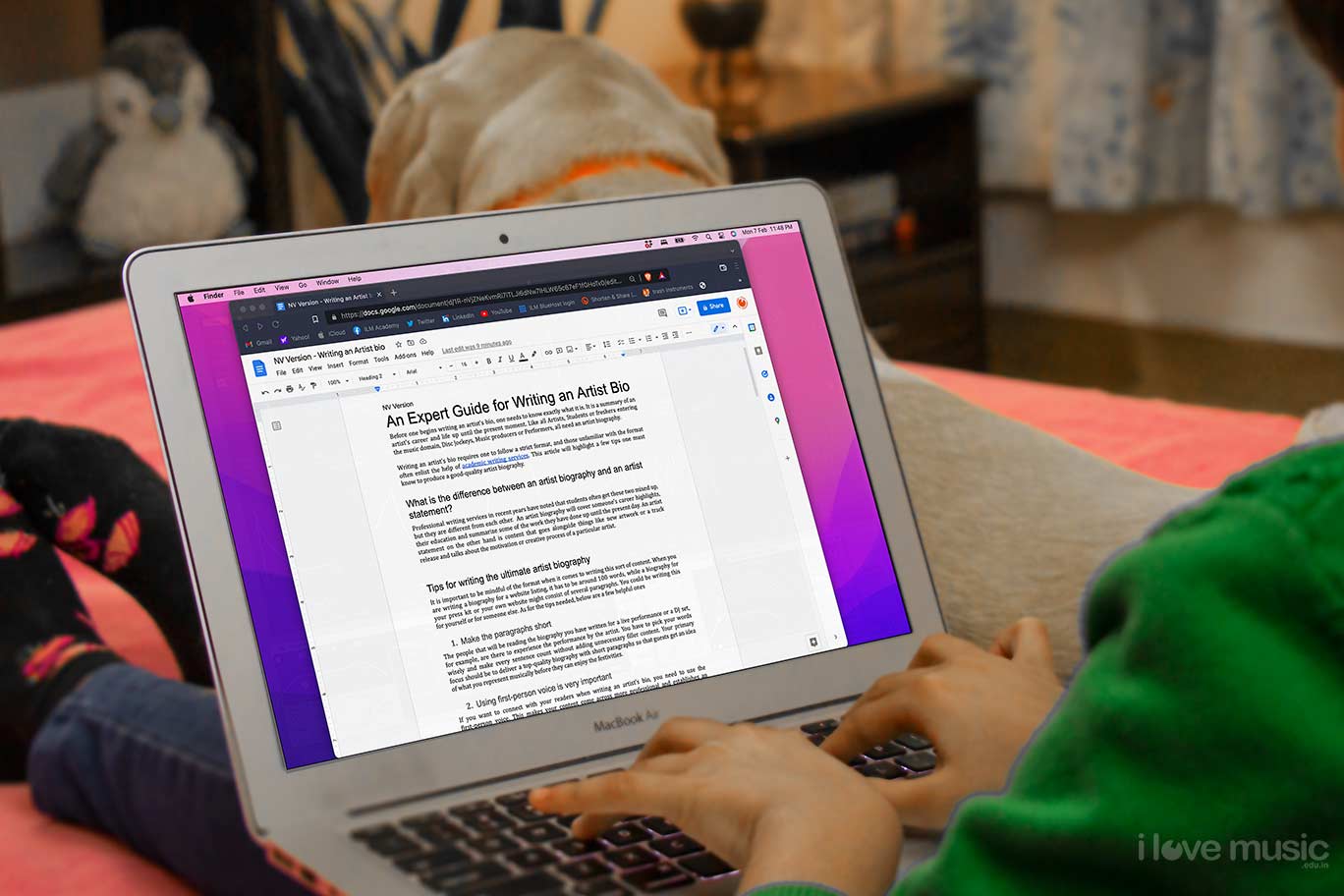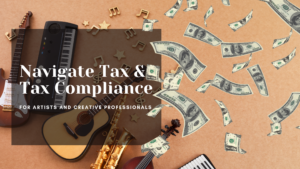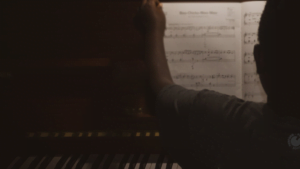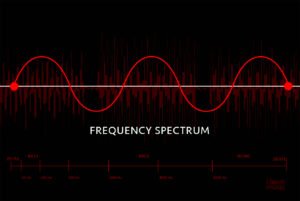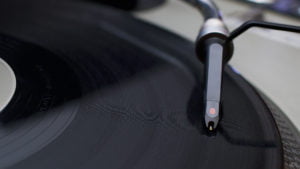Before one begins writing an artist biography, one needs to know exactly what it is. It is a summary of an artist’s career and life up until the present moment. Like all Artists, Students or Freshers entering the music domain, Disc Jockeys, Music Producers or Performers, all need an artist biography.
Writing an artist biography requires one to follow a strict format, and those unfamiliar with the format often enlist the help of academic writing services. This article will highlight a few tips one must know to produce a good-quality artist biography.
What is the difference between an artist biography and an artist statement?
Professional writing services in recent years have noted that students often get these two mixed up, but they are different from each other. An artist biography will cover someone’s career highlights, their education and summarise some of the work they have done up until the present day. An artist statement on the other hand is content that goes alongside things like new artwork or a track release and talks about the motivation or creative process of a particular artist.

Tips for writing the ultimate artist biography
It is important to be mindful of the format when it comes to writing this sort of content. When you are writing a biography for a website listing, it has to be around 100 words. An artist biography for a press kit or your own website might consist of several paragraphs. You could be writing this for yourself or for someone else. As for the tips needed, below are a few helpful ones
1. Make the paragraphs short
The people who will be reading the biography you have written for a live performance or a DJ set, for example, are there to experience the performance by the artist. You have to pick your words wisely and make every sentence count without adding unnecessary filler content. Your primary focus should be to deliver a top-quality biography with short paragraphs. This way readers get an idea of what the artist represents musically before they can enjoy the festivities.
2. Using first-person voice is very important
If you want to connect with your readers when writing an artist’s biography, you need to use the first-person voice. This makes your content come across as more professional and establishes an intimate connection with your readers. Using any other type of voice can make your work come across as less interesting. And it may put off anyone from reading it. Often a Third-person voice is used as a narrator or to introduce the artist. This can be effective if you want to “quote the artist”. But it can get tricky switching between first and third person.
3. Follow the correct format
Whether it is for academic purposes, writing for an artist profile, or a press release, there will be a set format that needs to be followed. Before you begin writing the artist biography, make sure that you ask for the requirements so that you get it right the first time. You will waste time and energy writing in the first person, for example, when the client or your agent wants you to write in the third person.
4. Pick the correct font
This is also similar to the point above, make it a point to ask the people who want the paper what font they want it written in. If in doubt, you can always go for simple or the default form that is widely accepted which is Times New Roman or Arial, and font size 11 or 12.
5. Get someone to proofread the content
Even if you have gone over your work a thousand times, there might be a mistake or two that you might miss. You can use correcting websites like Grammarly that will show you where all the mistakes are or you can ask an essay writing service, a family member, or a friend to proofread what you write. They will be able to spot any typos or mistakes allowing you to make corrections before submission.
6. Context is very important
Anything and Everything related to or influencing the artist’s musical journey can be used in the artist’s biography to tell your story, just avoid the unnecessary. Remember it is not a Resume it is an Artist profile. The keyword is “art”. The length of what you have written should go hand in hand with the context otherwise it will lack authenticity. If you are writing something for an industry-specific website or magazine, for example, you might want to use a few technical jargon that people who are into music are familiar with. If you are writing for general newspapers or for a press release, you need to keep it simple but interesting.
7. Keep it real
We all have a habit of exaggerating to make information seem more interesting and appealing. Avoid stretching the truth too much and absolutely don’t lie. Most publications & promoters will fact-check. You do not want to be caught with a false claim and lose credibility for yourself or the artist you are writing about.
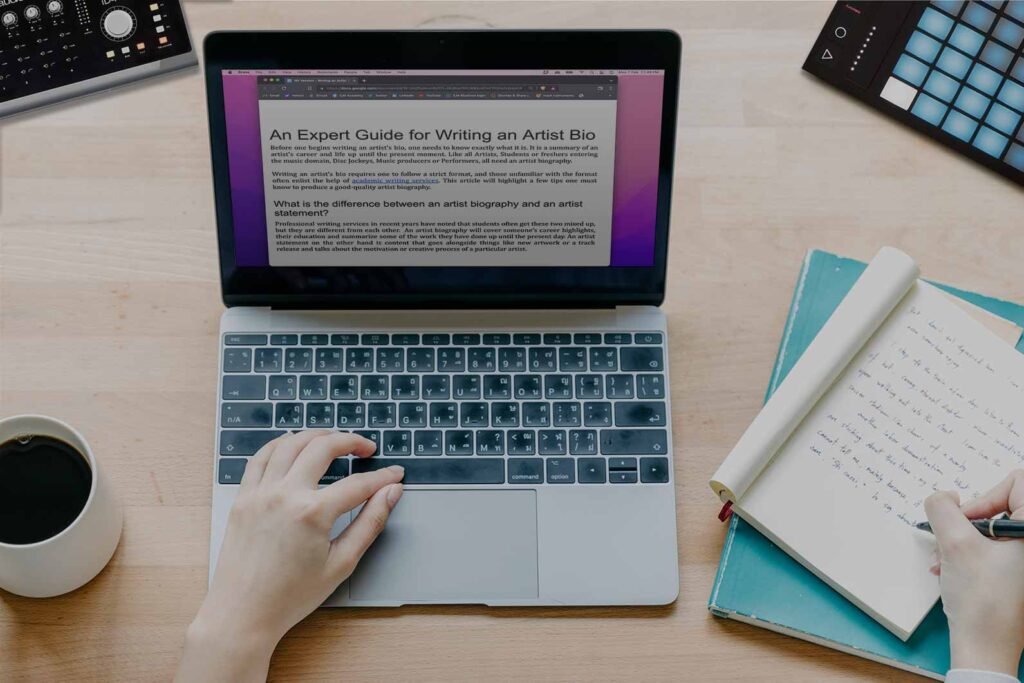
Template for writing an artist biography
For those who are writing an artist biography for the first time and don’t know where to begin, below is a template that is highly recommended by many experts and paper writing services who have years of experience producing this sort of content.
1. Start with the career summary
You need to start your artist biography with an overview of the person’s life and career. In the opening paragraph, you will need to talk about the projects, artworks, education, and training honours, the artist holds. This is a great way to begin your content and will get readers invested immediately which is what every writer wants.
2. Then move on to the early artist biography
This is where you will talk about events that took place in a person’s early career and highlight key moments from their education as well. Try your best to avoid talking about long events because this will just make the paper or biography longer than it actually should be unless there is a connection with the artwork or project you are talking about in your piece.
3. Speak on the person’s middle and late career
With the first two paragraphs covered, the third paragraph should be about the middle to late-career highlights. If there are any awards that a person has won, you can list them together with the project or work that enabled them to win those awards. This part of the artist biography doesn’t have to be very compressive, you just need to pick the most notable awards and add them to the list. Skip this section if the artist is just starting out.
4. Talk about any noteworthy collaborations
Professional essay writers say when it comes to the fourth paragraph, you should talk about any professional partnership the artist may have partaken in. If it is a singer, for example, you can talk about their cover performances on other people’s songs. List everything in this section. And if it is a DJ, Musician, Composer or Music Producer, you are writing about, you can highlight any joint performance they did with someone in the same or related profession. For a Dj – Top 10 performance venues, for a Producer – the Discography, Labels and Collaborations.
5. Close with a statement of purpose
You will need to close your piece by talking about the direction you think the artist is going in terms of their career. Write this section in first-person voice if you want. Just make sure you stick to the artist’s current and potential future work. You don’t want to add anything that will make the artist look bad and ruin their reputation.
Things to Note for Artists when writing the Artist Biography for an Artist Profile:
- Is your Artist Biography part of the Artist press kit? It should be.
- Listing all the performances and collaborations may be exhaustive for the reader, find the most noteworthy and list only those.
- Be humble and thankful without being subservient when referring to your influencers, mentors and gurus.
- Go Ahead – blow your own trumpet. If you have done something noteworthy don’t downplay it. Drop names where you need to. However, choose your words carefully to avoid coming off as arrogant when writing about yourself.
- Update the Artist’s biography regularly with new and current information. Review it at least once a year to avoid the information getting stale.
- Reword the Artist Biography to sound fresh whenever possible, especially if your biography is listed on multiple websites.
Final thoughts
Overall, it is important to know the difference between an artist’s statement and a biography because they are two different things. When you follow the guide above and produce an artist biography, don’t be afraid to edit it or ask for help if you are stuck. The more you write this sort of content, the better you’ll become. No artist produces the same work twice and biography should reflect a journey one has been on and where they are going.

